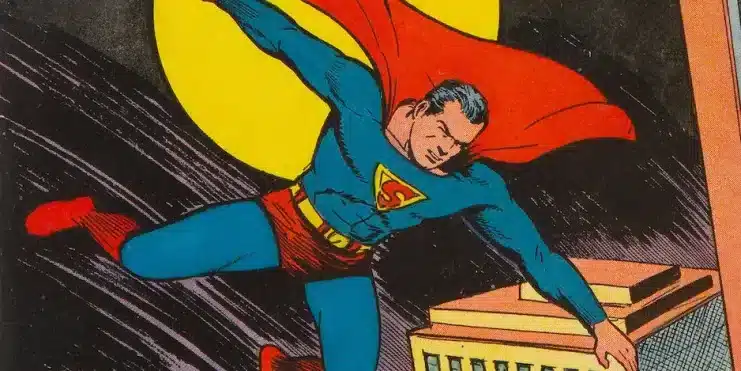
Discover the crossover between comic, science fiction and outlaw parallels that resulted in a great writer’s struggle on Superman in the 60s.
During the decade of the 60s, the boundaries between fact and fiction were frequently blurred, especially in the vast universe of comics and television. On this occasion, we immerse ourselves in the unique rivalry between two entertainment giants, Superman and The Twilight Zone.
Legendary Superman editor Mort Weinger echoed a fan’s complaint in Superman issue #144, noting the similarities between the Twilight Zone episode “Eye of the Beholder” and the visually bizarre world of the Superman universe. This was not an isolated claim in the world of comics, where imitation seems to be the real trick or, at the very least, the common practice of creators looking for inspiration in the work of their colleagues.
In Bizarro’s inverted world, everything is opposite to Earth, reflecting human social and aesthetic ethics. This concept quickly became popular among DC superhero fans, with some seeing it as a precursor to the aforementioned TV series, where beauty and ugliness swap roles in a dystopian society.
Weissinger’s copy and its creation
In the following issue, Weisinger added fuel to the debate with not only fan mail, but an interview in Superman #145. In it, Lois Lane dreams that science fiction writer Rock Sterling (a nod to Rod Serling) is actually Superman, a plot that straddles the line between tribute and satire.
Since the Kryptonian’s debut in 1938, DC Comics has kept a tight lid on the iconic hero. Not surprisingly, it has included numerous copyright lawsuits, including legal action against dubious similar characters such as Fox Publications’ Wonder Man and Fawcett Comics’ Master Man. This style of legal defense illustrates a lesser-known but crucial aspect of the comics industry: the constant struggle for originality and creative rights.


Pretense or coincidence?
The entertainment industry is often mired in controversy over its origins. Was the Twilight Zone really influenced by Bizarre World? Although Weissinger and some fans believe they saw a very accurate reflection in the episode “Eye of the Beholder,” others argue that the resemblance may also be an accidental or implied homage, a common phenomenon in creative media where ideas often conflict and evolve. In parallel.
The interplay between Superman and the Twilight Zone leaves us with questions about the line between inspiration and copy, a subject as important today as it was in the 1960s. In the complexity of artistic creation, every work, whether on paper or screen, is a mosaic of influences, innovations and sometimes inevitable contradictions.
Other Superman similes that managed to get ahead
Over the past decade, Superman has inspired a number of inventions that have not faced legal challenges, while toeing the line between respectability and imitation. For example, the comic book character Superman created by Rob Liefeld is a reflection of Superman, from his powers to his alien origins. While Supplier started with a very similar archetype, he was penned by Alan Moore to explore and construct the classic superhero conventions in a way that was different from the original inspiration.
Another example is Marvel Comics’ The Sentry, created by Paul Jenkins and Jay Lee. Although he shares many traits with Superman, including massive powers and a vulnerable alter ego, Sentry introduces elements of mental health and a much darker narrative, making it a unique performance that sets him apart from any copycat. These characters show how Superman’s influence has spread far and wide, spawning new heroes who, despite being inspired by him, find their own place in the comic universe.
